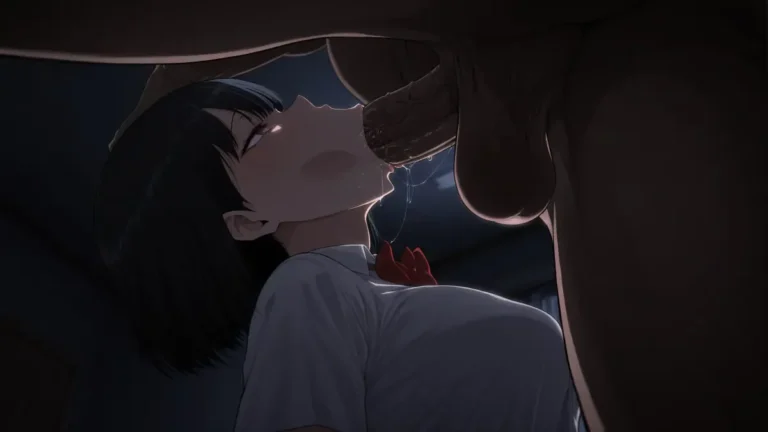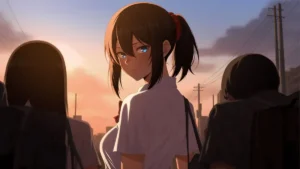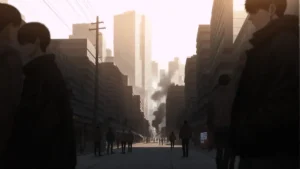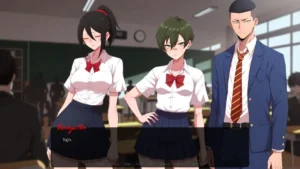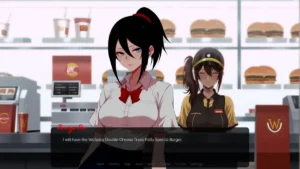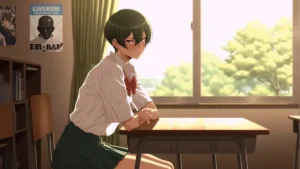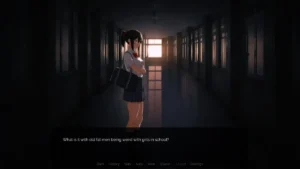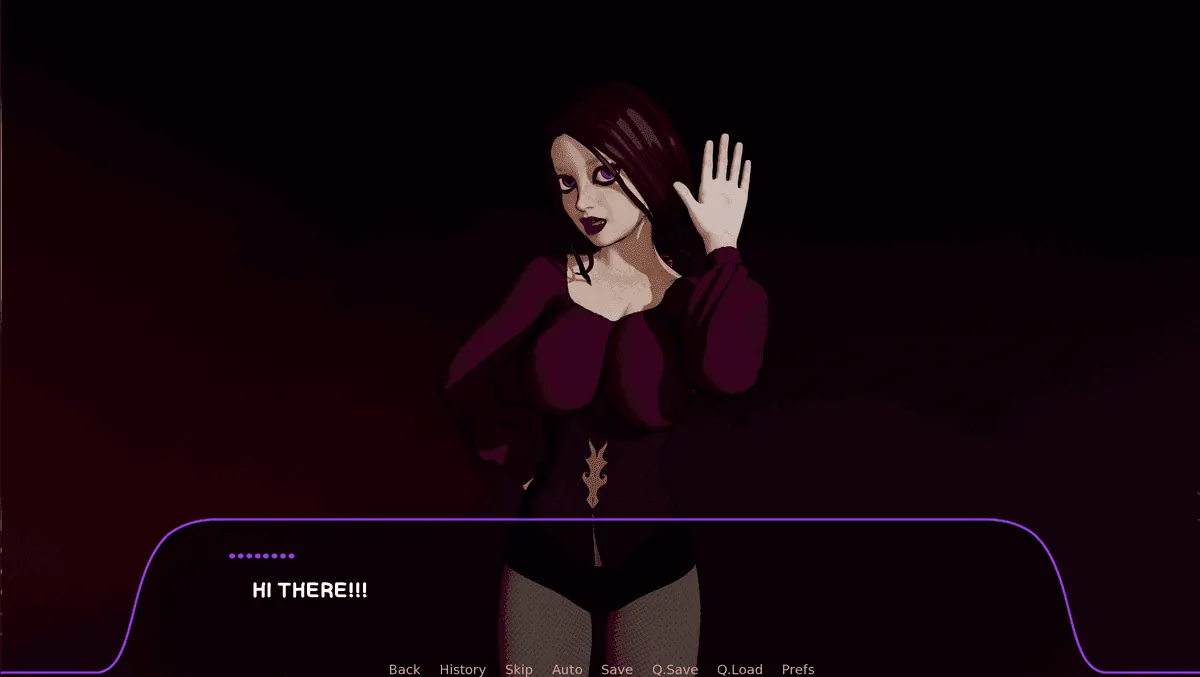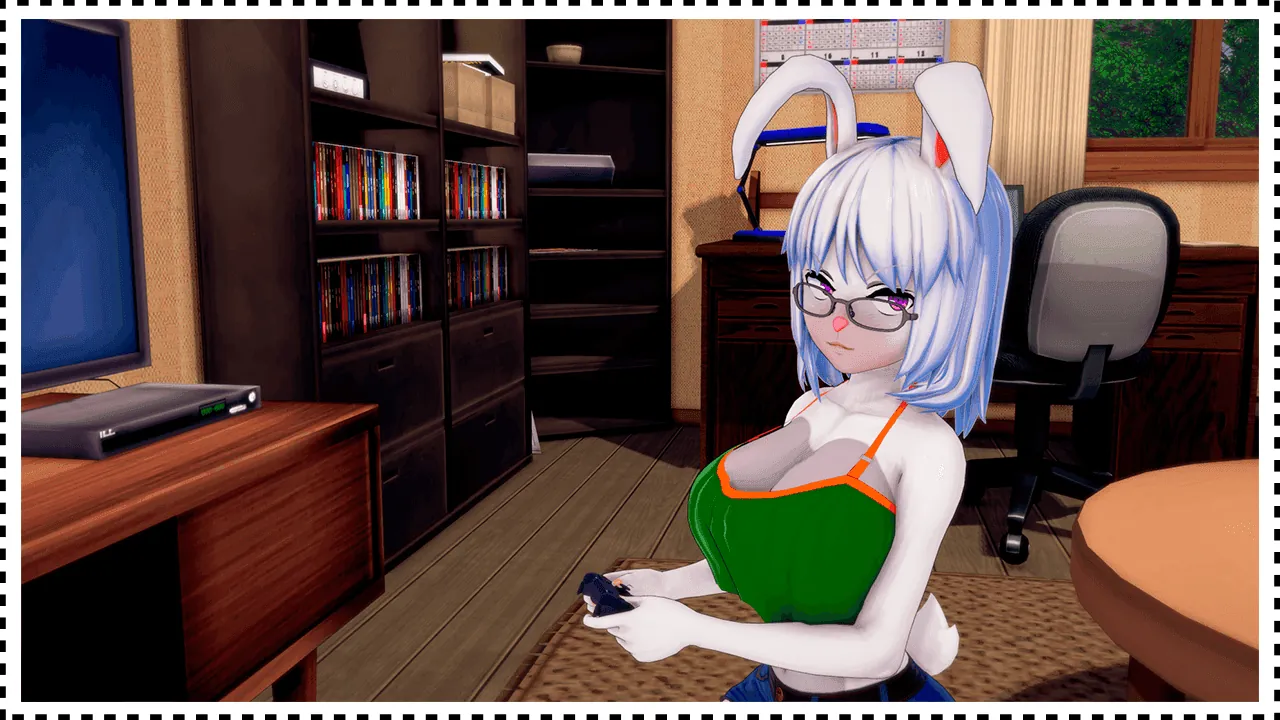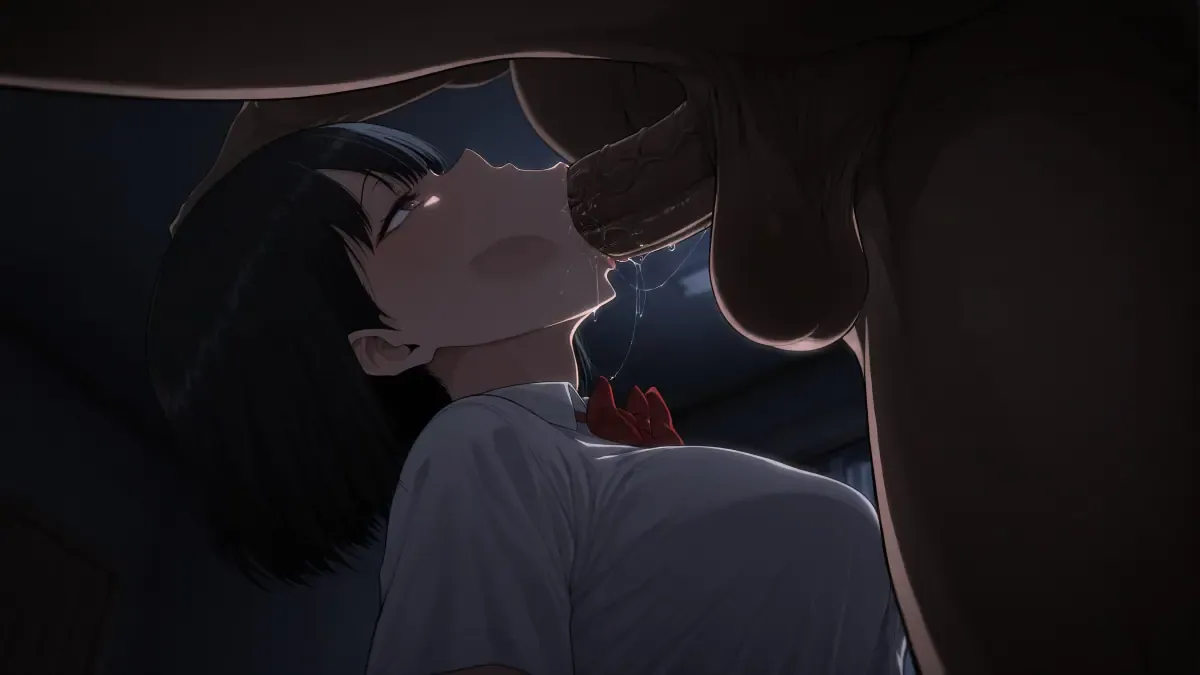
Aperture
Play Aperture
Aperture review
Explore the psychological depth and narrative complexity of this story-driven visual novel
Aperture stands out as a gripping mystery NTR visual novel that combines richly woven narrative with complex character development and emotional depth. Set within the prestigious Hoshino Academy, this story-driven experience follows Keita, a sharp-witted prep-school student navigating a world of manipulation, slow corruption, and personal struggle. If you’re drawn to immersive storytelling with psychological complexity rather than superficial shock value, Aperture offers a unique and memorable experience that keeps players engaged through its intricate plot twists and deeply human characters.
Understanding Aperture: Plot, Setting & Core Narrative
The Story of Aperture: A Mystery Unfolds at Hoshino Academy
Let me tell you about the first time I booted up Aperture. I was expecting a simple school mystery, but what I got was a narrative that crawled under my skin and stayed there for days. 🕵️♂️ The Aperture mystery NTR game isn’t just a story you play; it’s an experience that pulls you into its meticulously crafted world from the very first scene.
The entire narrative is anchored by its brilliant Hoshino Academy setting. This isn’t your typical, cheerful anime high school. Oh no. Hoshino Academy is a prestigious, almost oppressive institution where the polished hallways and manicured gardens hide a creeping sense of dread. 🏫 The setting itself is a character—its strict rules and suffocating atmosphere are the perfect pressure cooker for the game’s central conflict. You feel the weight of the institution bearing down on you, and it’s this very environment that makes the unfolding drama so believable and intense.
The plot kicks off when our protagonist, an 18-year-old with a history of rebellion, transfers in. He’s our eyes and ears, and through him, we uncover the dark secrets festering beneath the academy’s pristine surface. The mystery begins subtly—a strange look between students, a whispered conversation cut short, a rule that seems unnecessarily harsh. The genius of the Aperture mystery NTR game is how it drip-feeds you clues, making you an active participant in piecing the puzzle together. You’re not just watching a mystery unfold; you’re living it, and every revelation feels like a personal discovery—or a personal betrayal.
Pro Tip: Pay close attention to the background details in scenes. The developers hide so much environmental storytelling in the Hoshino Academy setting that you’ll miss on a first playthrough. A changed poster, a locked door that was once open—it all matters.
What truly elevates the story is its focus on psychological depth. This isn’t a whodunit where the goal is simply to find a culprit. It’s a “whydunit” that delves deep into the motivations, fears, and weaknesses of every character involved. The narrative forces you to question everyone’s intentions, including, at times, your own. The slow unraveling of the truth is masterfully paced, creating a sense of mounting anxiety that is almost palpable. You’ll find yourself thinking about the characters and their choices long after you’ve put the game down.
Character Dynamics: Keita, Daizo, and Rin’s Interconnected Fates
The heart of any great story is its characters, and Aperture delivers a trio that is brilliantly written and tragically intertwined. Their dynamics are the engine that drives the entire narrative forward, creating a web of conflict that is both compelling and heartbreaking to witness. 💔
Let’s start with the lens through which we see this world: the Keita protagonist character. Keita isn’t your standard, blank-slate hero. He’s sharply intelligent, has a mouth that gets him into trouble, and possesses a strong, almost rigid, moral compass—a relic from whatever incident got him expelled from his previous school. Playing as Keita feels authentic because his flaws are front and center. His sense of justice is both his greatest strength and his most profound weakness, making him the perfect person to confront the corruption at Hoshino Academy, yet also the most vulnerable to its manipulations.
His journey is irrevocably changed by his first encounter with Tomoya Rin. In a moment of impulsive action, Keita accidentally breaks her camera. This isn’t just a meet-cute; it’s a catalyst. To make amends, he finds himself joining the Rin photography club. This club becomes the central hub for the story, a sanctuary that slowly transforms into a cage. Rin herself is a complex figure—initially appearing as a quiet, dedicated artist, but hiding immense pressures and a fragile spirit beneath the surface.
And then there’s the source of that pressure: Daizo principal antagonist. Daizo is not a cartoon villain. He is cunning, patient, and terrifyingly manipulative. He doesn’t wield power through overt threats, but through subtle influence, leveraging social standing, academic futures, and personal insecurities against his targets. He is the architect of the emotional turmoil in Aperture, a master puppeteer who understands human weakness better than anyone. The power dynamic between the idealistic Keita and the ruthlessly pragmatic Daizo creates the core tension of the game.
To help visualize this complex web, here is a breakdown of the central figures:
| Character | Role | Key Characteristics |
|---|---|---|
| Keita | Protagonist | Sharp-tongued, strong sense of justice, rebellious past, emotionally invested |
| Daizo | Principal & Antagonist | Manipulative, calculating, patient, abuses institutional power |
| Tomoya Rin | Central Figure & Club Leader | Artistically talented, initially reserved, vulnerable, subject to manipulation |
The relationship between these three is a ticking time bomb. 🧨 Keita’s growing connection with Rin puts him on a direct collision course with Daizo. You, as the player, feel every tense interaction, every loaded glance. The game excels at making you care deeply about these characters, which makes the ensuing psychological battle all the more devastating to experience. The Keita protagonist character is our anchor, but it’s his interactions with Rin and his confrontations with Daizo that define the soul of this Aperture mystery NTR game.
Themes of Corruption and Emotional Turmoil in Aperture
If you’re looking for a lighthearted visual novel, Aperture is not it. This game has the courage to stare into the abyss of human psychology, and it explores some profoundly heavy themes with remarkable nuance. The two that stand out the most, and are woven into the very fabric of the narrative, are the slow corruption theme and the pervasive emotional turmoil in Aperture. 😟
The slow corruption theme is the game’s masterstroke. This isn’t a story about a sudden, dramatic fall from grace. It’s about the gradual erosion of a person’s spirit. It’s about how small compromises, whispered doubts, and seemingly minor pressures can accumulate over time, bending a person until they break. We see this process unfold in heartbreaking detail, primarily through the Rin photography club. What starts as a place of passion and creativity becomes a stage for manipulation and psychological warfare. Watching a character you’ve grown to care for be slowly worn down is a uniquely powerful and unsettling experience. It’s a chilling reminder that corruption isn’t always a dramatic event; sometimes, it’s a quiet, creeping vine.
This inevitably leads to immense emotional turmoil in Aperture. The game is a pressure cooker of feelings—anxiety, guilt, fear, and a desperate hope that things might still be okay. 🌀 The narrative doesn’t shy away from the psychological consequences of manipulation. You witness characters grapple with their choices, question their reality, and struggle with their sense of self. This emotional turmoil in Aperture isn’t just for dramatic effect; it’s the point. The game wants you to feel uncomfortable. It wants you to sit with that knot in your stomach as you make difficult choices and watch the consequences play out.
The power dynamics are central to creating this turmoil. The Daizo principal antagonist represents unassailable institutional authority. He holds all the cards: grades, reputations, futures. Against him, the Keita protagonist character has only his wits and his stubborn morality. This imbalance creates a constant, suffocating tension. You’re always aware of how easily Daizo could crush Keita’s resistance, and that awareness makes every small victory feel monumental and every setback feel catastrophic.
My Insight: What makes the slow corruption theme so effective is its relatability. While the circumstances are dramatic, the feeling of being slowly pressured into something you don’t agree with is a universal fear. The game taps into that primal anxiety brilliantly.
So, what’s the practical takeaway from all this darkness? 🤔 For me, playing Aperture was a lesson in empathy and observation. It teaches you to look beyond people’s surface-level actions and consider the invisible pressures they might be under. The Aperture mystery NTR game is more than a puzzle to be solved; it’s a deep dive into the human condition, exploring how easily lines can blur and how fragile our moral centers can be when put under sustained attack. The Hoshino Academy setting provides the perfect, haunting stage for this exploration, making Aperture a truly unforgettable story that challenges you long after the final mystery is solved.
Aperture delivers a compelling mystery visual novel experience that prioritizes psychological depth and character authenticity over sensationalism. Through its intricate narrative set at Hoshino Academy, players encounter deeply flawed characters whose lives become tragically intertwined, creating an emotionally resonant journey. The game’s branching dialogue system and consequence-driven mechanics ensure that player choices meaningfully impact the unfolding story, encouraging multiple playthroughs to discover different narrative paths. Whether you’re drawn to story-driven experiences with rich character development or enjoy exploring complex themes of manipulation and corruption, Aperture offers a memorable and immersive adventure that lingers long after completion. Dive into this gripping mystery to uncover its secrets and witness the unfolding drama firsthand.
